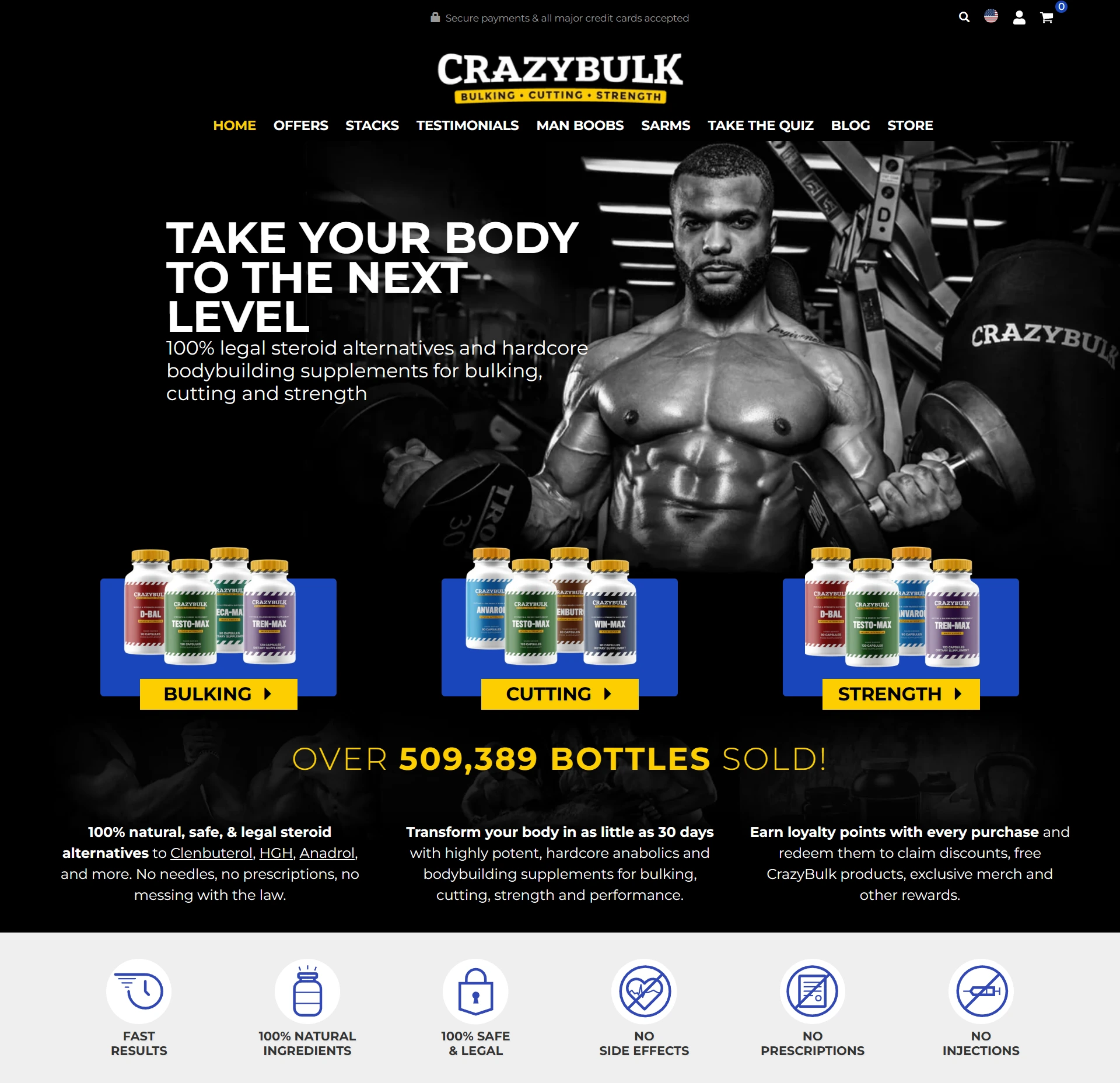
testosterone for diabetes
Add a review FollowOverview
-
Founded Date December 19, 1980
-
Sectors Customer Support
-
Posted Jobs 0
-
Viewed 22
Company Description
Bigger, Faster, Stronger? 6 Benefits of Testosterone

10 Facts Every Man Should Know About Testosterone UPMC HealthBeat
Testosterone levels can be influenced by various factors, including age, genetics, lifestyle, and overall health. Certain medical conditions, such as hypogonadism, can also lead to low testosterone levels. On the other hand, factors like regular exercise, healthy diet, and adequate sleep may positively impact testosterone levels. This decline can lead to changes in sexual function, mood, energy levels, and body composition. However, it’s important to note that these changes can also be influenced by other factors, such as lifestyle and overall health.
When I see a woman experiencing negative side effects, she is almost always using pellets. I do not recommend pellets or injections, and neither do most academic menopause experts. At about seven weeks into pregnancy, a gene on the Y chromosome of male babies begins the development of testicles, which produce testosterone. This then triggers development of internal and external male reproductive organs. Are you experiencing symptoms of low testosterone such as fatigue, mood changes, or decreased libido? At NRG Clinic, we specialize in Testosterone Replacement Therapy (TRT) to help restore your vitality and improve your quality of life.
Now Dr. Reina-Campos is investigating how specialized “tissue-resident memory CD8+ T cells” fight prostate cancer. By tracking this immune-cell activity, Dr. Reina-Campos can help guide the development of new immunotherapies for prostate cancer, a disease that kills around 35,700 men each year. Such cultures come about in response to the pressures of particular times and places in our evolutionary history – which means we can and should modify them when circumstances require, as we’ve always done. On the developmental systems view, changing the environment (something at which humans obviously excel) can change the expression of masculine and feminine behaviour, without the need for millennia of slow genetic change.
It also shows that there is a maximum level of testosterone before there’s no increased response. For men who don’t have hypogonadism, increasing your testosterone may not benefit your libido. Late-onset male hypogonadism happens when the decline in testosterone levels is linked to general aging and/or age-related conditions, particularly obesity and Type 2 diabetes. Late-onset hypogonadism affects about 2% of men over the age of 40.
Doctors usually test your T levels in the morning and do a second test to ensure someone’s levels are normal for them, Dr. Patel says. It’s natural for your testosterone level to fluctuate throughout the day. UPMC HealthBeat is the publishing website for UPMC, an integrated health care system based in Pittsburgh. Articles published on this site go through several rounds of review before publishing, including a clinical review conducted by UPMC medical experts.
Present in much greater levels in men than women, testosterone initiates the development of the male internal and external reproductive organs during foetal development and is essential for the production of sperm in adult life. This hormone also signals the body to make new blood cells, ensures that muscles and bones stay strong during and after puberty and enhances libido both in men and women. It also regulates the secretion of luteinising hormone and follicle stimulating hormone. To effect these changes, testosterone is often converted into another androgen called dihydrotestosterone.
By highlighting the role of testosterone in female exercise physiology, this study underscores its significance in women’s health and performance. Future research should further refine integrated exercise approaches to optimize hormonal regulation and enhance musculoskeletal health outcomes in women. Although women have lower testosterone concentrations, this hormone remains critical for various physiological functions, including muscle development, bone density maintenance, and overall metabolic health50(Clark et al., 2018). Resistance exercise has been shown to induce acute increases in testosterone levels in both sexes, potentially contributing to improved musculoskeletal adaptations over time46.
The existence and direction of the behavioural differences may be due to ‘deep-seated, biological factors’, but culture heavily influences how those differences play out. That’s why the question of whether male promiscuity, risk-taking and competitiveness were sexually selected adaptations for reproductive success simply doesn’t have the implications for now and the future that we usually assume they do. Nor does it necessarily mean that a hormonal endowment prefigures the male brain for these traits (although that’s not to deny the likelihood of sex-differentiated initial ‘tilts’). So, while a gendered culture influences how these traditional roles play out, I don’t see the evidence that it imposes them.
Some studies have found no greater risk of prostate cancer with testosterone replacement therapy, but it continues to be a topic of ongoing research. Normal male testosterone levels range between 280 and 1,100 nanograms per deciliter (ng/dL) for adult males, and between 15 and 70 ng/dL for adult females, according to the University of Rochester Medical Center. While testosterone production naturally tapers off as a man ages, other factors can cause hormone levels to drop. However, many men with normal testosterone levels have similar symptoms, so a direct connection between testosterone levels and symptoms is not always clear.
Such supplements can include dehydroepiandrosterone (DHEA), and the herbal product Tribulus terrestris. However, a bill was passed in 2014 banning designer anabolic steroids. The effects of gradually lowering testosterone levels as men age have received increasing attention in recent years. High or low testosterone effects in women levels of testosterone can lead to dysfunction in the parts of the body normally regulated by the hormone. One study suggests that there’s a lower risk of aggressive prostate cancers for those on testosterone replacement therapy, but more research is needed.


